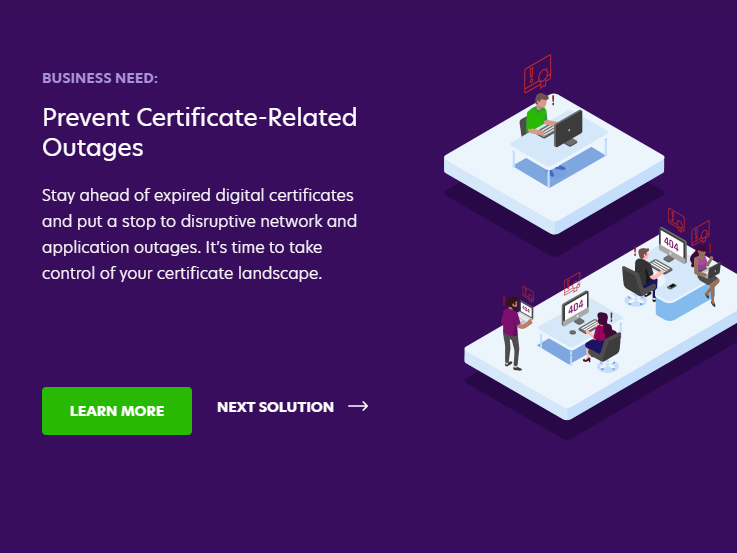This post is sponsored by Diamond Links and may contain affiliate links.
What is PKI Certificate?
Organizations rely on PKI to manage security through encryption. The most common form of encryption used today involves a public key, which anyone can use to encrypt a message, and a private key (also known as a secret key), which only one person should be able to use to decrypt those messages. These keys can be used by people, devices, and applications.
Common examples of PKI security today are SSL certificates on websites so that site visitors know they’re sending information to the intended recipient, digital signatures, and authentication for Internet of Things devices.
How Does PKI Work?
PKI governs encryption keys by issuing and managing digital certificates. Digital certificates are also called X.509 certificates and PKI certificates.
However, you refer to them, a digital certificate has these qualities:
- Is an electronic equivalent of a driver’s license or passport
- Contains information about an individual or entity
- Is issued from a trusted third party
- Is tamper-resistant
- Contains information that can prove its authenticity
- Can be traced back to the issuer
- Has an expiration date
- Is presented to someone (or something) for validation
Certification Authorities (CAs) are responsible for creating digital certificates and own the policies, practices, and procedures for vetting recipients and issuing the certificates.
Specifically, the owners and operators of a CA determine:
- Vetting methods for certificate recipients
- Types of certificates issued
- Parameters contained within the certificate
- Security and operations procedures
The certificate creation process relies heavily on asymmetric encryption and works as follows:
- A private key is created and the corresponding public key gets computed
- The CA requests any identifying attributes of the private key owner and vets that information
- The public key and identifying attributes get encoded into a Certificate Signing Request (CSR)
- The CSR is signed by the key owner to prove possession of that private key
- The issuing CA validates the request and signs the certificate with the CA’s own private key
Why is PKI so Important in Today’s Digital Age?
PKI is so important because there are millions of applications and connected devices that require certification. Properly authenticating and maintaining certificates for these technologies is essential to keeping our highly connected world secure.
To fully illustrate the importance of PKI in today’s digital age, let’s track its evolution since it first came about in the mid-1990s.
Ready to Get Started with PKI?
PKI helps secure our digital world by protecting sensitive data and communications and verifying digital identities. As the number of connected devices and applications explodes, this security continues to grow in importance.
Want to learn more about what is PKI certificate? Keyfactor can help you out. Make sure to check them out today to learn more.

Leave a Reply